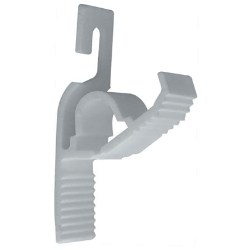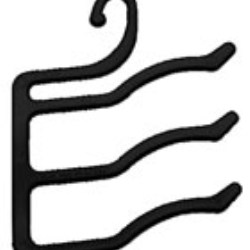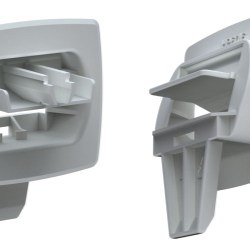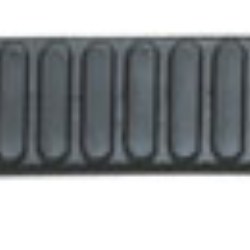If this is your company, CONTACT US to activate Packbase™ software to build your portal.
A survey completed by Shorr Packaging has revealed adult e-commerce customers aren’t satisfied with packaging. In fact, only 11 percent of total customers are completely satisfied.
The goal of the survey was to find out how consumers want their custom packaging and if how often they shop can affect their preferences. Custom packaging’s branded designs are helpful in areas of brand recognition, less damage and lower costs on shipping.
Custom packaging is so important that 42 percent of consumers said they’re “very likely” to notice a custom design on their parcel upon arrival, as opposed to 2 percent that were “very unlikely” to notice it. To prove it even more, 71 percent of consumers find the custom design on their e-commerce packages as important.
Out of the 11 percent of overall people who are dissatisfied with custom packaging, 55 percent of those people think the packages that are hard to open are the most irritating. With such an emphasis on the important of custom packaging, these statistics prove there needs to be a change in the industry.
Take premium shoppers for example, 15 percent of them are more likely to make a repeat purchase and in turn, share their satisfaction on social media. Of these premium shoppers, returning customers spend 67 percent more money than first-time customers and 26 percent of premium shoppers think the custom packaging aspect makes the product they ordered more valuable to them.
When it comes to the returning process, 95 percent will become repeat customers if the process of returning products is easy for them. Seventy-eight percent of premium shoppers (who are 22 percent more likely to return products) prefer to return their package in its original, return-return ready packaging.
Corrugated box flutes: we use them for everything from pizza boxes, various take-out containers and bakery boxes. The evolution of these flutes isn’t done, either. There are new classes of flutes emerging often for specialized needs in newer items like disposable bakeware and other eco-friendly disposables.
Corrugations have evolved from their 1856 inception in England, where corrugated paper was used in liners for those signature hats Englishmen wore way back when. In 1871, the flutes were patented for packaging needs by New Yorker, Albert Jones, and the rest is history. Although the large variety of corrugated flutes are categorized as A, B, C, E, and F flutes, they correspond to the chronological order they were created in instead of by size.
Flutes A-E are the most common – with C being the most common at 80% of the market – but now there are hybrid flutes being created that contain a mixture of the classes of flutes.
The construction of corrugated flutes is integral in the packaging process, considering its role making sure it survives transportation. Flutes that are placed inside cardboard boxes can withstand heavy weights and extreme temperatures, with the empty space located between them and under the curved arches also lending a cushion that serves as insulation as well. The curved arches are what makes them durable enough to resist any kind of pressure.
Corrugated box flutes are used in the transportation of an assortment of items today and they continue to evolve to meet the functionality needs of the shipping industry. The flutes are responsible for creating frequently used items such as pizza boxes, bakery boxes, take-out boxes, and eco-friendly disposables.














